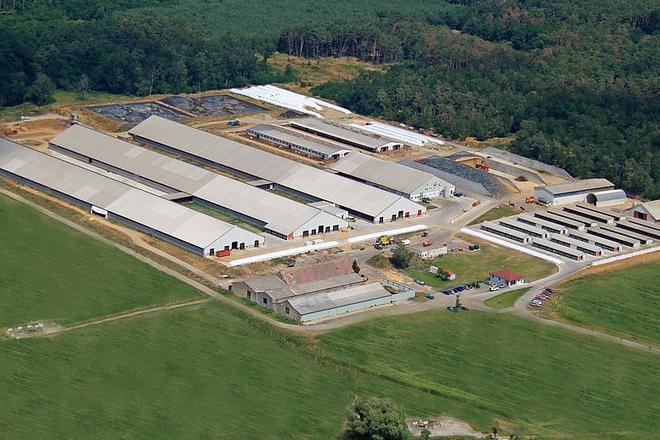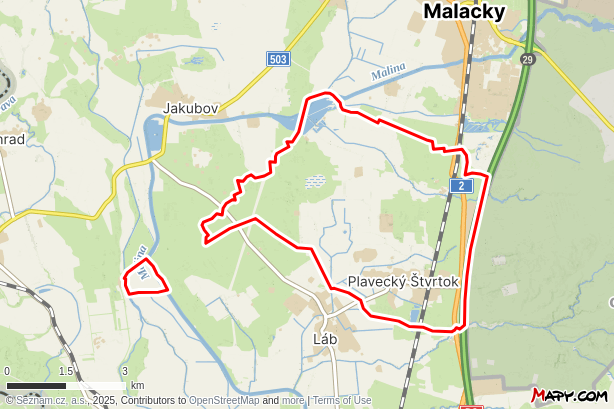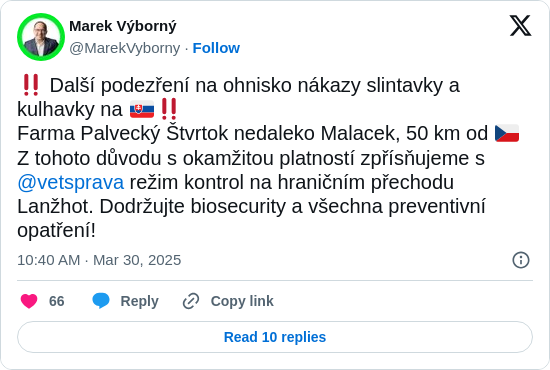Slovakia has identified a new outbreak of foot-and-mouth disease (FMD) at a large cattle farm in the western village of Plavecký Štvrtok, about 30 kilometres north-west of Bratislava and not far from the Austrian and Czech borders.
The affected site, confirmed by Agriculture Minister Richard Takáč (Smer) ahead of a national crisis team meeting on Sunday, belongs to FirstFarms, one of the largest agricultural groups in the country. The Danish-owned company houses around 3,000 cows, 150 heifers and 600 calves at the site, with additional livestock operations nearby in Malacky, Stupava and Suchohrad.
Takáč said the farm had had previous contact with a site in Lével, Hungary, where the disease is also present. However, experts consider airborne transmission unlikely due to the intervening Little Carpathians mountain range and the 70-kilometre distance from previously affected farms in southern Slovakia, according to Denník N.
The outbreak marks Slovakia’s fifth confirmed case of foot-and-mouth disease in recent weeks, following infections in the Dunajská Streda district villages of Medveďov, Ňárad, Baka (March 21) and Lúč na Ostrove (March 25) — just 10 to 20 kilometres from the Hungarian border. Slovak authorities had previously blamed cross-border wind transmission for the initial spread.
Vaccinations at the newly affected farm began on Sunday in an effort to slow the disease’s advance, and culling is set to start on Monday. It is unclear whether animals on nearby farms within a three-kilometre radius will also be slaughtered. That decision rests with the country’s chief veterinary officer, Martin Chudý.
The outbreak has prompted concern across the country’s farming sector, particularly for FirstFarms’ pig unit near Gabčíkovo, which houses 2,300 breeding sows and supplies piglets to farms across Slovakia, according to Denník N. Although the virus currently affects only cattle herds, it can also infect pigs.
The Czech agriculture minister, Marek Výborný, announced stricter checks at the Břeclav–Brodské motorway border crossing after Slovak authorities reported the new suspicion. Plavecký Štvrtok lies just 50 kilometres from the Czech Republic.
Political pressure is mounting. The opposition Christian Democratic Movement (KDH) called for the dismissal of Chudý, accusing him of failing to prevent the virus’s incursion and enforce overly harsh restrictions.
While the European Commission has praised Slovakia’s containment efforts, critics say enforcement has been patchy. Some contaminated trucks from Hungary reportedly crossed Slovakia unchecked and were only turned around by Czech police. One video circulating on social media shows a half-open container carrying slaughtered animals from infected southern farms to a rendering plant in Žilina, northern Slovakia.
Smallholders are also voicing frustration. Many say the government’s three-kilometre culling policy unfairly penalises small domestic herds, even those not directly infected. Authorities insist they are taking a cautious approach to avoid a repeat of the prolonged 1952–1980 outbreak, during which Czechoslovakia experienced numerous hotspots and widespread animal losses.
Slovakia will initially compensate only small-scale domestic livestock breeders, the Agriculture Ministry has announced. The move comes as authorities scramble to contain the economic fallout of the highly contagious animal disease. Under the plan, 30 percent of the compensation funds will come from European sources, while the remainder will be covered by the ministry. Larger farms, however, will have to wait. The government has cited the need for a more substantial financial package to address losses on industrial farms as the reason for the delay.
Meanwhile, the government continues to dispose of culled livestock at the country’s only rendering plant in Žilina, as well as on military grounds near Levice. Defence Minister Robert Kaliňák (Smer) admitted that a new site would need to be found soon, as current facilities are nearing their limits. Neither he nor any other minister, however, offered clarity on where such a location might be.
In an effort to contain the spread of foot-and-mouth disease, Slovakia has introduced new border measures. Police officers have begun enforcing disinfection protocols at former Slovak-Hungarian border crossings across the country. “Vehicles entering Slovakia from all former crossings between Bratislava and Slovenské Ďarmoty – Balassagyarmat (inclusive) are now required to pass through disinfection baths or gates,” said the police. Larger vehicles over 3.5 tonnes face the same rules further east, between Slovenské Ďarmoty and Slovenské Nové Mesto.
Entry with animals susceptible to FMD is limited to the Šahy – Parassapuszta crossing.


 Cowsheds for dairy cattle operated by FirstFarms in Plavecký Štvrtok. (source: FirstFarms)
Cowsheds for dairy cattle operated by FirstFarms in Plavecký Štvrtok. (source: FirstFarms)

 Agriculture Minister Richard Takáč (second from right, Smer) during a meeting of the Central Crisis Team in Bratislava on 30 March 2025, convened to coordinate measures against the spread of the highly contagious foot-and-mouth disease (FMD). (source: TASR - Jaroslav Novák)
Agriculture Minister Richard Takáč (second from right, Smer) during a meeting of the Central Crisis Team in Bratislava on 30 March 2025, convened to coordinate measures against the spread of the highly contagious foot-and-mouth disease (FMD). (source: TASR - Jaroslav Novák)



